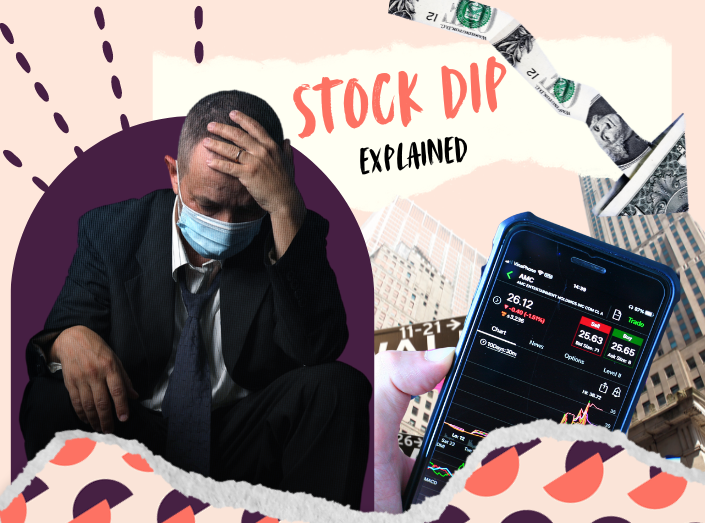The global stock markets have taken a significant hit recently, dropping 10% in just the past week. This has left many investors feeling uneasy.
With rising inflation and escalating geopolitical tensions, market volatility is at an all-time high, and investor confidence has taken a dive. But amid this turbulence, financial experts are optimistic, pointing out that these challenging times could also present opportunities for growth and resilience.
Understanding the key drivers behind the recent market slump can offer some much-needed clarity. Economic indicators, geopolitical events, and shifts in investor sentiment all play a role in these fluctuations. Remember, markets are cyclical by nature—what goes down often comes back up.

What Sparked the Stock Market Drop?
1. Interest Rate Hints: The trouble began when the US Federal Reserve suggested it might lower interest rates in late July. Initially, this was seen as good news for the stock market. But investors soon worried that the rate cuts signalled trouble for the economy.
2. Economic Data Worries: Key data, including reports on manufacturing and jobs, raised concerns about the health of the US economy. The “Sahm Rule,” which correctly predicts recessions, indicated a possible downturn.
3. Investor Reactions: After a weekend to process the news, markets around the world reacted sharply. The fear gauge on Wall Street, known as the CBOE Volatility Index, spiked to 65, a level not seen since the global financial crisis.

What Got Hit the Hardest?
1. Tech Stocks: Shares of companies that had been performing well, like chip maker Nvidia, fell dramatically. Nvidia was down by as much as 15% before recovering some losses. Bitcoin also saw a sharp decline.
2. Australia and Japan: Australia’s market experienced its worst day since the pandemic began, losing over $100 billion in value. Japan’s Nikkei index plunged by 12% before recovering a bit.
3. Safe Havens: Investments like bonds were some of the few places that offered protection during this turmoil.
What’s Next?
It's hard to say if the market will continue to fall or if it will stabilise. The recent drop is a warning sign that investors are worried about a possible recession.
Companies like Wayfair have reported a drop in spending, which could signal more trouble ahead.
This mirrors the magnitude of the peak-to-trough correction the home furnishing space experienced during the great financial crisis.” However, upcoming US election spending might offer some market relief.
The market meltdown reflects deepening concerns about a potential US recession and its global impact. While the future remains uncertain, understanding the factors behind the chaos can help investors navigate these turbulent times. Stay informed, stay cautious, and remember that markets trends are often unpredictable but historically resilient.
Stock market volatility can present investors with both challenges and opportunities.
While recent declines have sparked concern, it’s essential to keep in mind that market contractions are a natural part of economic cycles. They offer a chance to reassess portfolios, identifying potential areas for growth and diversification.
The Federal Reserve's actions, for instance, although initially unsettling, often aim to stabilise long-term economic health. Markets may react swiftly, but their adjustments typically reflect a recalibration towards sustainable growth trajectories.
***
Feeling overwhelmed by all the stock market chatter? 😵💫
No worries—our FREE SmartPurse app makes it all simple and easy to understand! 📲✨
